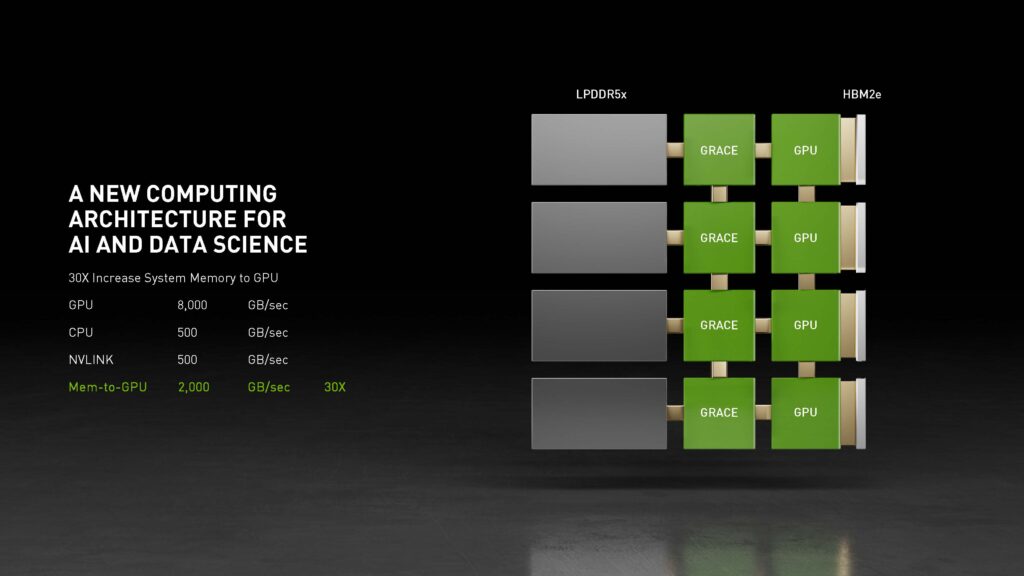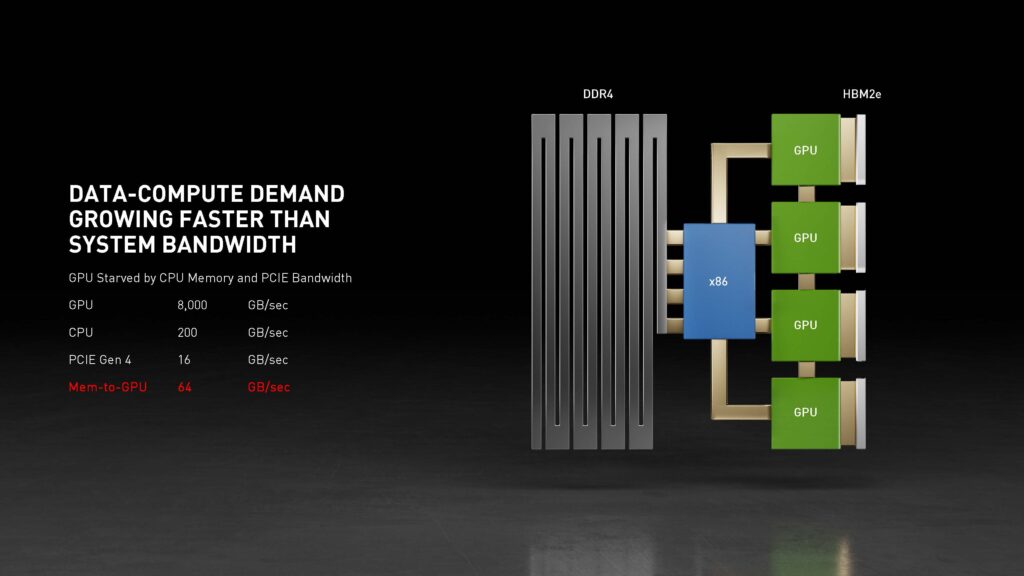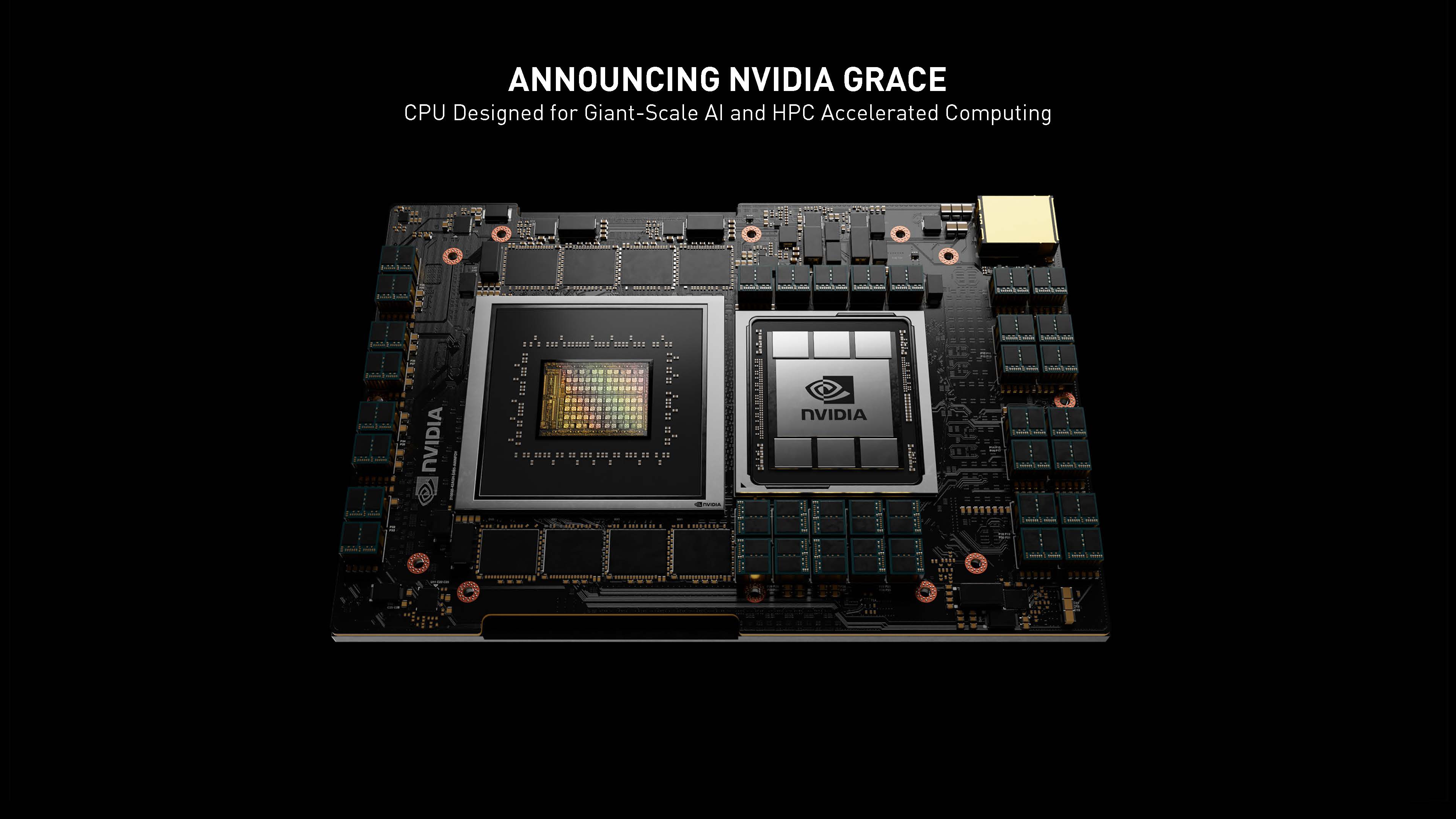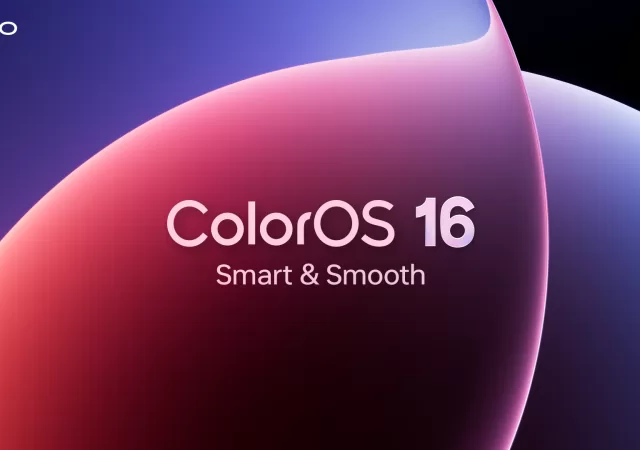NVIDIA’s GTC 2021 just happened last night. If you remembered 2020, you would remember that GTC 2020 was also the time where NVIDIA introduced their new A100 GPU chips for super computers. 2020 was also the yea NVIDIA launched their highly anticipated, and highly capable RTX 3000 series consumer grade GPUs.
GTC’s keynote is always a highly anticipated event. Not because the conference always brings a new GPU. Recent years of GTC has always been exciting because somehow GPU is able to push the limits of what is possible with computing and cloud. NVIDIA has made itself relevant not just in the graphics world, but also in the super computing world, Artificial Intelligence (AI), and even cybersecurity. NVIDIA’s own AI even composed its own song, and it is a good song mind you.
With GTC 2021, NVIDIA shows that they are not done innovating just yet. Now, they also want to give the likes of Intel a new sort of headache. NVIDIA has introduced Project Grace.

NVIDIA’s CEO, Jensen Huang mentions that the name Grace refers to a particular pioneer in the computer science field, Grace Hopper. The project is NVIDIA’s first dip into the datacentre CPU industry. Fitting to the Grace Hopper namesake, project Grace is supposed to be 10x more powerful than the current NVIDIA GDX x86 supercomputer platform.
Why is this a problem for Intel? The world’s fastest supercomputer today is all powered by Intel’s x86 CPU platform. The x86 platform has also existed for about a decade now and the platform has approached its technological limits in 2021. Of course, NVIDIA took matters into their own hands and the Grace CPU is an ARM based chip for the fastest ever datacentre and servers in the world.
Just saying that the CPU will be the fastest ever server-based CPU though means nothing. What you want to know is numbers, and these are big numbers. The new Grace architecture allows the CPU and GPU to communicate at up to 900GB/s speed thanks to NVLink technology. According to NVIDIA, that is 30x faster than most servers today. Of course, paired to LPDDR5x memory modules, you get up to 10x the speed of today’s machines.
Before anyone can say that NVIDIA’s Grace dreams is just that; dreams, NVIDIA also announced that they will be installing their Grace based datacentre in the United States Department of Energy’s Los Alamos National Labrotory and the Swiss National Supercomputing Centre (CSCS). The two clients will feature their very own NVIDIA powered supercomputer soon.

In those two places though, the servers and supercomputers are not built just to push cloud storage to corporations. They are purpose built for AI training and implementations. They are built for neural and language programming and training. They are built to progress humanity and probably cure cancer one day.
Of course, because Grace is a giant processor made for datacentres and supercomputers, we will not be expecting to see NVIDIA dive into consumer level ARM-based processors for PCs anytime soon. NVIDIA is working with MediaTek to bring their GPU technology into the mobile space and even ARM based PCs though. In that case, us regular consumers can expect a Qualcomm Snapdragon notebook PC with NVIDIA GeForce graphics power soon, probably. Catch NVIDIA’s GTC 2021 keynote on their website.






